Gastronomic Trip

Key Takeaways
- Gastronomic trips offer a unique way to explore a destination's culture, history, and traditions through its cuisine
- Popular gastronomic destinations include Italy, France, Spain, Japan, Thailand, and Mexico, each with their own distinct flavors and culinary traditions
- Benefits of gastronomic travel include cultural immersion, learning new cooking techniques, discovering authentic flavors, connecting with locals, and creating memorable experiences
- Cooking classes and food tours are popular activities that allow travelers to dive deep into a destination's culinary scene
- Gastronomic trips can be tailored to individual preferences, from street food to fine dining, and can be combined with other activities like sightseeing and outdoor adventures
- Planning a gastronomic trip involves researching local cuisine, identifying top restaurants and food markets, and booking culinary experiences in advance
- Gastronomic tourism supports local economies, promotes sustainable agriculture, and helps preserve culinary traditions for future generations
Introduction: A Feast for the Senses
Close your eyes and imagine this: the sizzle of a street vendor's wok, the aroma of freshly baked bread wafting from a neighborhood bakery, the vibrant colors of exotic spices piled high at a bustling market. These are the sights, sounds, and smells of a gastronomic adventure - a journey that engages all of your senses and immerses you in the rich culinary traditions of a destination.
Gastronomic travel has exploded in popularity in recent years, as more and more people seek out authentic food experiences that go beyond the typical tourist fare. Whether you're a seasoned foodie or simply curious about trying new flavors, a gastronomic trip offers a unique way to explore a destination's culture, history, and traditions through its cuisine.
So what exactly is a gastronomic trip? At its core, it's a journey centered around food - from sampling street food to indulging in multi-course tasting menus, from visiting local markets to taking cooking classes with renowned chefs. But it's also so much more than that. A gastronomic trip is an opportunity to connect with locals, learn about their way of life, and gain a deeper appreciation for the role that food plays in shaping a community's identity.
In this article, we'll explore the many facets of gastronomic travel, from the benefits and popular destinations to tips for planning your own culinary adventure. So grab a fork and let's dig in!

Popular Gastronomic Destinations
When it comes to gastronomic travel, some destinations stand out for their rich culinary traditions and diverse array of flavors. Here are a few of the most popular spots for food-loving travelers:
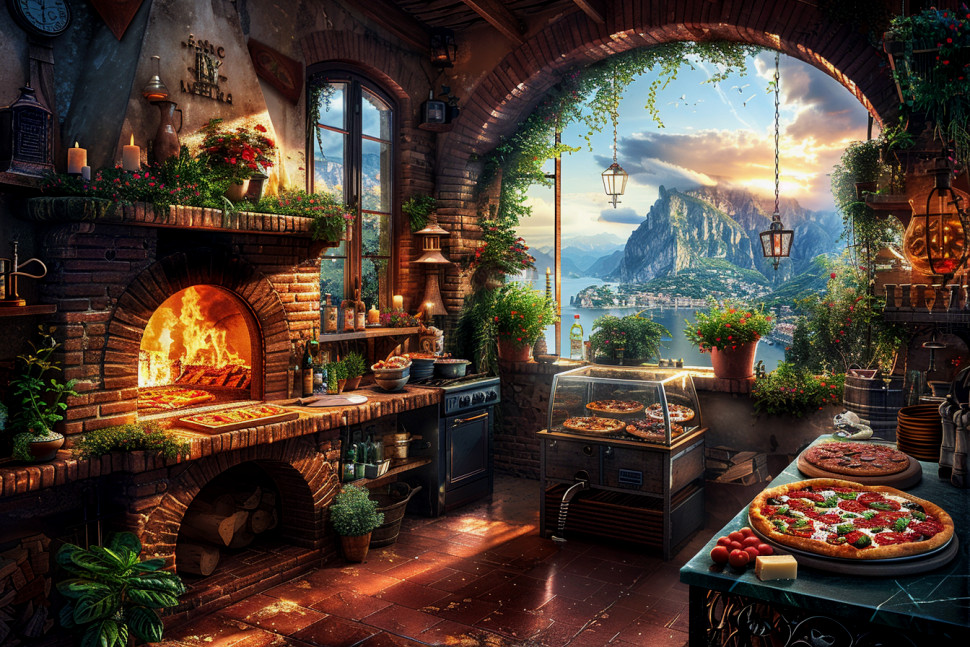
Italy
From the rolling hills of Tuscany to the bustling streets of Naples, Italy is a food lover's paradise. Each region boasts its own unique specialties, from creamy risotto in the north to fresh seafood along the coast. Must-try dishes include pizza margherita, pasta carbonara, and gelato in every flavor imaginable.

France
France is synonymous with haute cuisine, and for good reason. From the Michelin-starred restaurants of Paris to the charming bistros of Provence, French cuisine is all about fresh, high-quality ingredients prepared with precision and care. Don't miss the chance to sample classics like coq au vin, bouillabaisse, and of course, the perfect croissant.
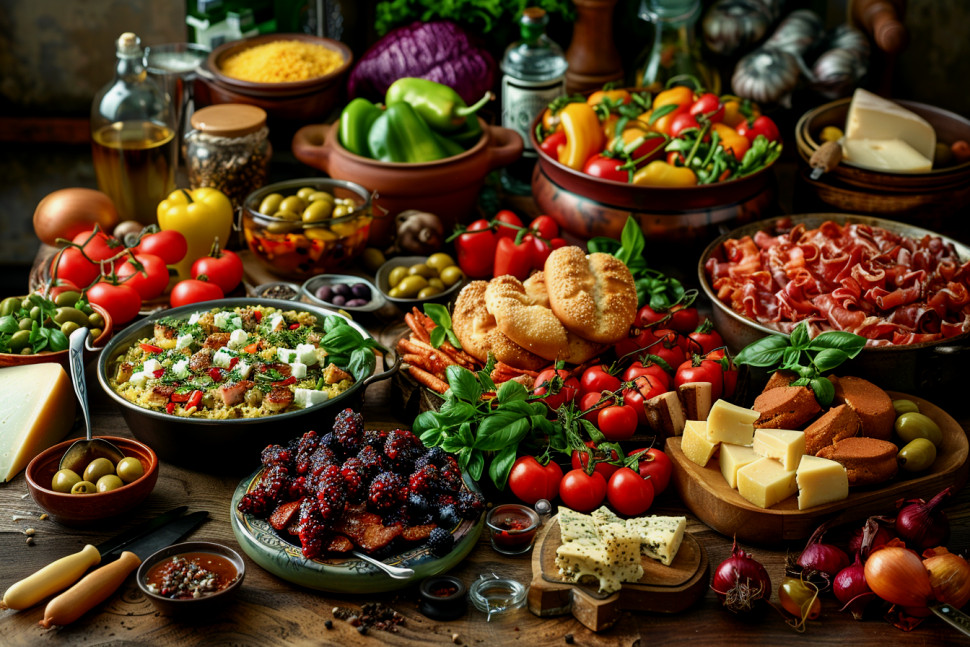
Spain
Spain's culinary scene is all about small plates and big flavors. Tapas, the country's signature dish, are perfect for sampling a variety of local specialties like patatas bravas, gambas al ajillo, and jamón ibérico. And let's not forget about paella, the iconic rice dish that's a staple of Spanish cuisine.
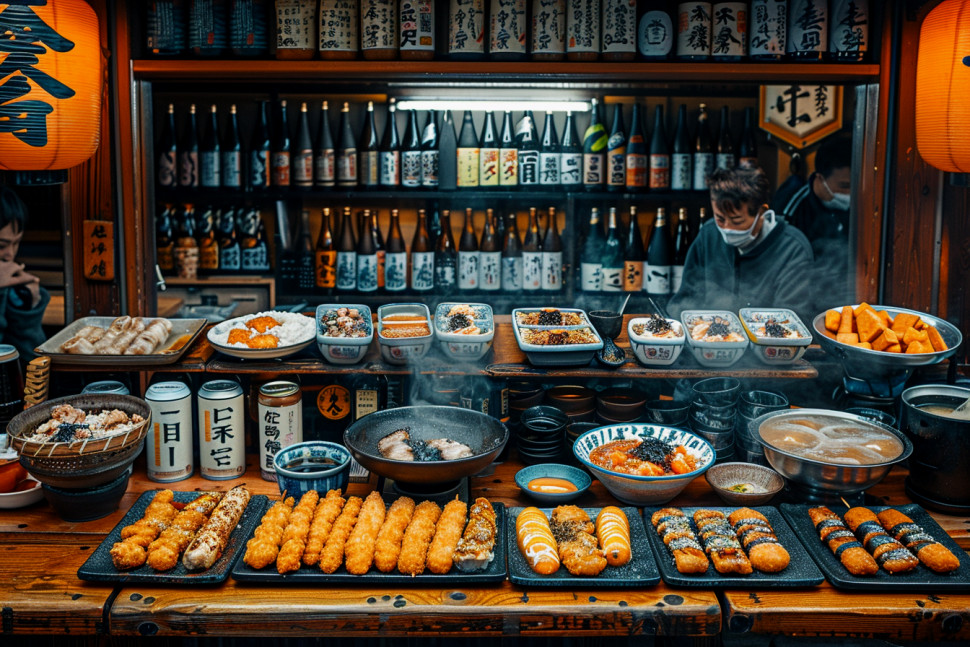
Japan
Japan's food culture is steeped in tradition and attention to detail. From the delicate art of sushi-making to the comforting warmth of a bowl of ramen, Japanese cuisine is all about balance, simplicity, and respect for ingredients. Other must-try dishes include tempura, yakitori, and okonomiyaki.
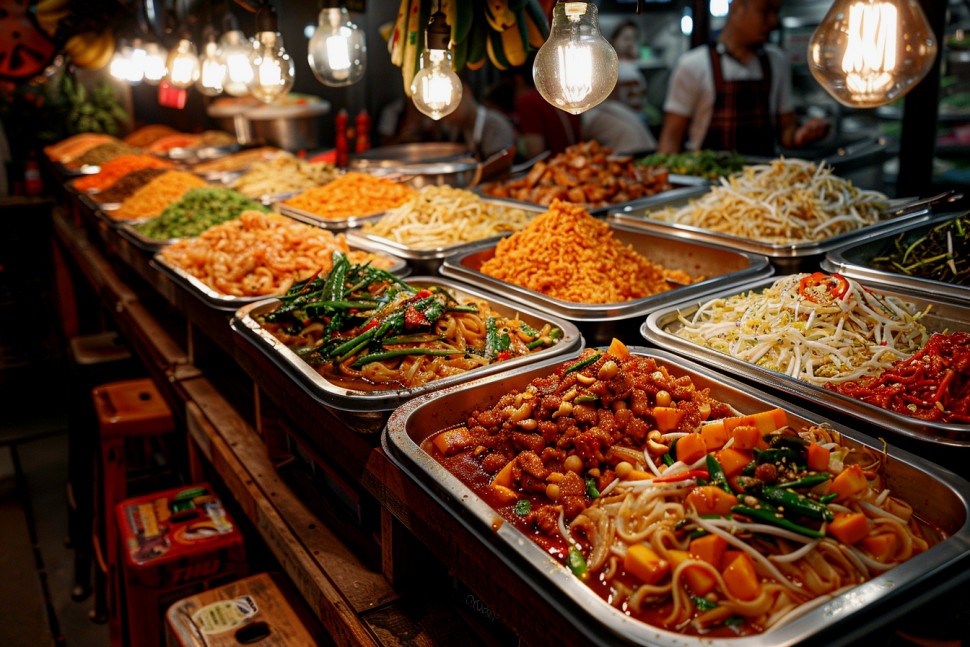
Thailand
Thai cuisine is a symphony of flavors, with each dish carefully balancing sweet, sour, salty, and spicy notes. Street food is a huge part of the culinary scene here, with vendors serving up everything from pad thai to mango sticky rice. Don't miss the chance to try regional specialties like khao soi in Chiang Mai or massaman curry in the south.
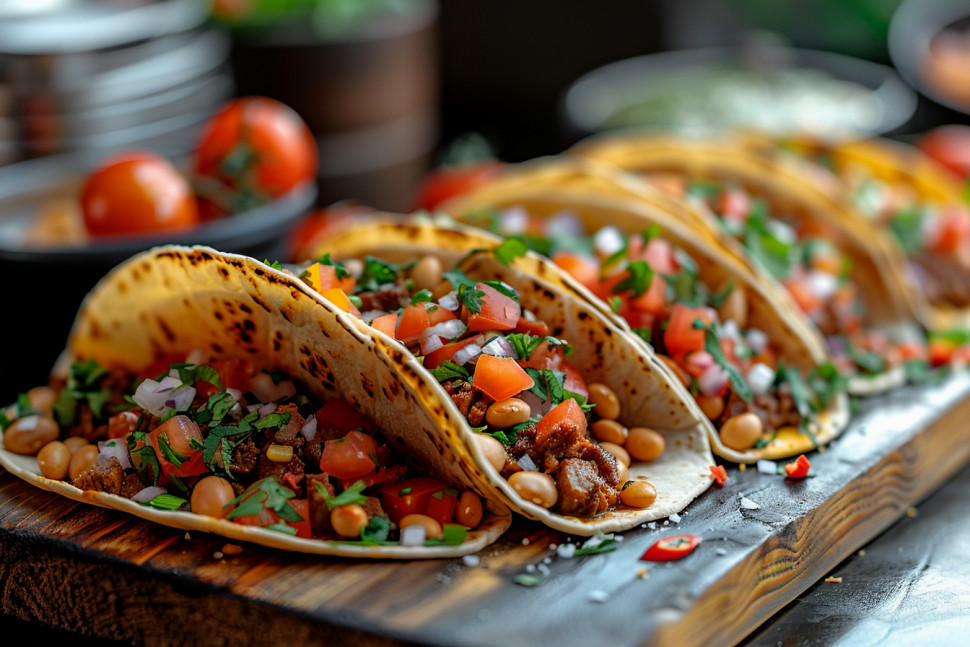
Mexico
Mexican cuisine is so much more than tacos and guacamole (although those are delicious too!). Each region of the country has its own distinct flavors and ingredients, from the rich moles of Oaxaca to the fresh seafood of Baja California. Be sure to sample street food favorites like elotes, tamales, and tostadas.
Benefits of Gastronomic Travel
So why embark on a gastronomic trip? Here are just a few of the many benefits:
Cultural Immersion
Food is a window into a destination's culture and history. By sampling local dishes and learning about the traditions behind them, you gain a deeper understanding and appreciation for the place you're visiting.
Learning New Skills
Many gastronomic trips include hands-on cooking classes or demonstrations, where you can learn new techniques and recipes to take home with you. It's a fun and interactive way to expand your culinary knowledge and skills.
Discovering Authentic Flavors
Gastronomic travel allows you to taste the true flavors of a destination, beyond the tourist traps and chain restaurants. By seeking out local markets, street vendors, and family-run eateries, you'll discover the authentic dishes that locals love.
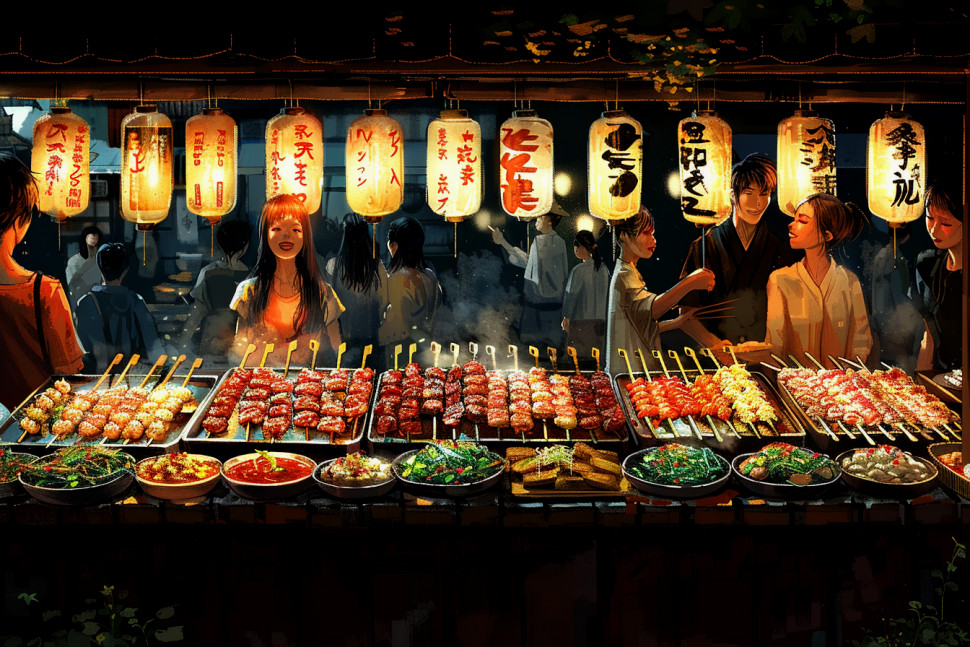
Connecting with Locals
Food has a way of bringing people together, and gastronomic travel is no exception. Whether you're chatting with a vendor at a market or sharing a meal with a local family, food provides a natural opportunity to connect with people and learn about their way of life.
Creating Memorable Experiences
A gastronomic trip is an immersive, sensory experience that engages all of your senses. From the sights and smells of a bustling market to the flavors and textures of a perfectly crafted dish, these are the moments that stay with you long after your trip is over.
Popular Gastronomic Activities
So what does a gastronomic trip actually entail? Here are a few popular activities to consider:
Cooking Classes
Taking a cooking class is a hands-on way to learn about a destination's cuisine and culinary traditions. Many classes include a visit to a local market to select ingredients, followed by a guided lesson in preparing a traditional dish or meal. It's a fun and interactive way to immerse yourself in the local food culture.
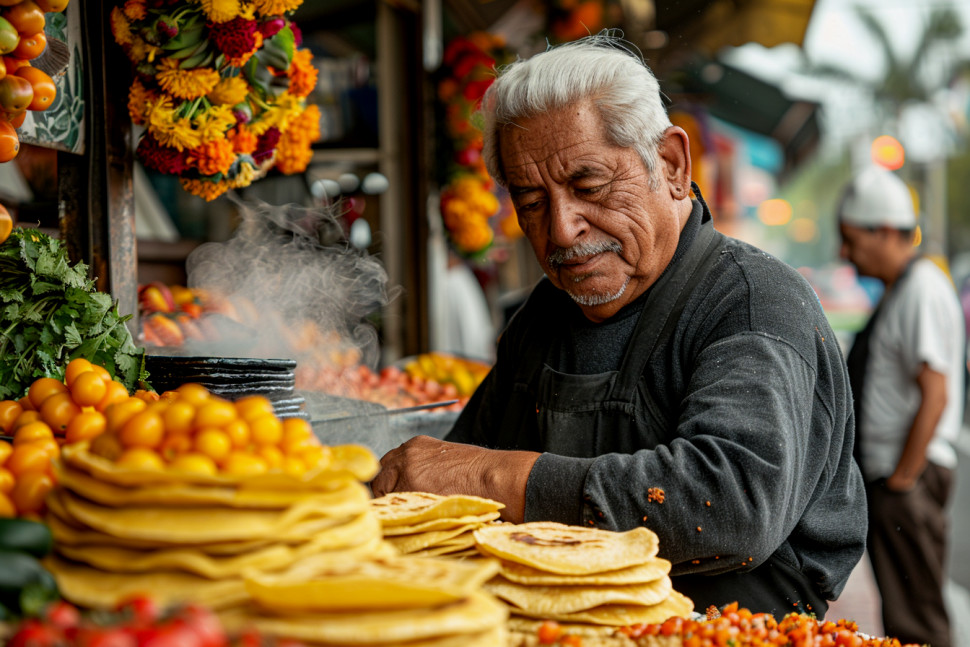
Food Tours
Food tours are a great way to sample a variety of local specialties in a short amount of time. Many tours focus on a specific neighborhood or culinary theme, like street food or wine and cheese pairings. Your guide will provide context and history behind each dish, as well as insider tips on where to find the best bites in town.
Market Visits
Local markets are the beating heart of a destination's culinary scene. From colorful produce stands to artisanal cheese shops, markets offer a sensory overload of sights, smells, and flavors. Many gastronomic trips include guided market visits, where you can learn about local ingredients and sample fresh produce and prepared foods.
Restaurant Hopping
Of course, no gastronomic trip would be complete without plenty of restaurant visits. Many trips include reservations at top-rated eateries, from casual bistros to Michelin-starred dining rooms. Some itineraries even include private dinners with renowned chefs or winemakers.

Planning Your Gastronomic Trip
Ready to start planning your own gastronomic adventure? Here are a few tips to keep in mind:
Research Local Cuisine
Before you go, take some time to research the local cuisine and culinary traditions of your destination. Read up on popular dishes, ingredients, and cooking techniques, and make a list of must-try foods and restaurants.
Identify Top Restaurants and Markets
Once you have a sense of the local cuisine, start identifying top restaurants and markets to visit. Look for recommendations from trusted sources like food bloggers, travel guides, and local chefs. Make reservations in advance for any high-end restaurants or popular spots.
Book Culinary Experiences
Many gastronomic trips include hands-on culinary experiences like cooking classes, food tours, and market visits. Book these activities in advance to ensure availability and to get the best rates.
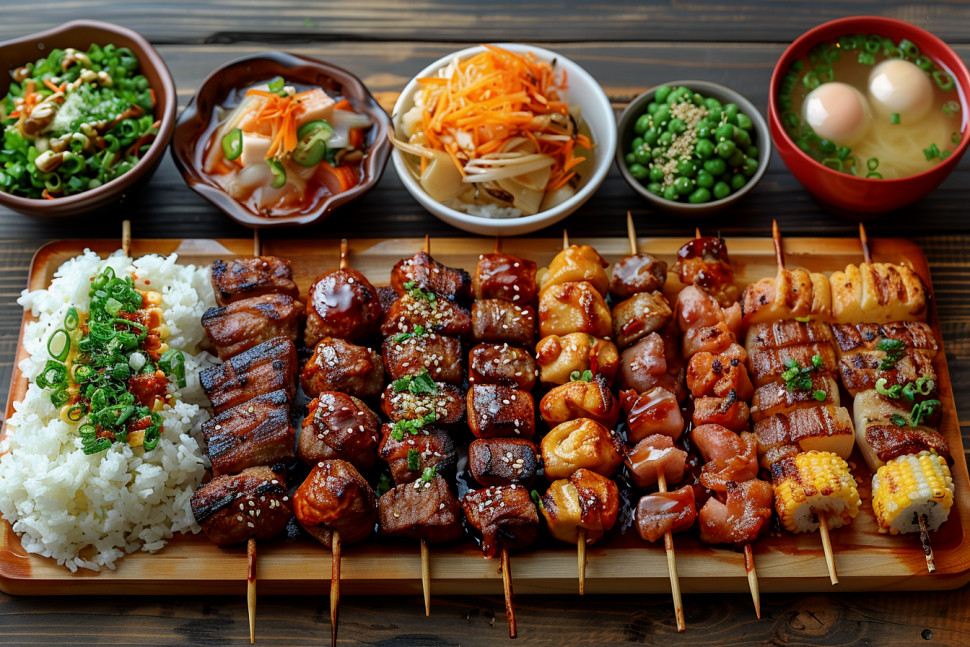
Be Open to New Flavors
One of the joys of gastronomic travel is discovering new flavors and ingredients. Be open to trying dishes that may be unfamiliar or outside your comfort zone. You never know - you may just discover your new favorite food!
Combine with Other Activities
While food may be the focus of your trip, don't forget to leave time for other activities as well. Many gastronomic destinations offer a wealth of cultural and outdoor experiences, from museum visits to hiking trails. Consider combining your culinary adventures with other activities to create a well-rounded itinerary.
Supporting Local Economies and Traditions
Gastronomic tourism isn't just about indulging in delicious food - it's also about supporting local economies and preserving culinary traditions. By seeking out locally-owned restaurants, markets, and food producers, you're helping to support small businesses and keep traditional foodways alive.
Many gastronomic trips also prioritize sustainability and ethical sourcing. Look for tours and experiences that focus on seasonal, locally-grown ingredients and that support fair labor practices. By making conscious choices about where and how you eat, you can help promote a more sustainable and equitable food system.

Art, History and Cultural Trips
Art, history, and cultural trips offer a unique opportunity to explore the rich heritage and traditions of different societies. These trips provide a deep insight into the evolution of art, architecture, and customs of various civilizations. By visiting museums, historical sites, and attending cultural events, participants can immerse themselves in the beauty and diversity of human creativity. Engaging in art, history, and cultural trips can broaden one's perspective and foster a greater appreciation for the interconnectedness of global cultures. Embarking on such journeys can be a transformative experience that enriches the mind and soul.
Theme trip or themed holiday?
When planning a vacation, the decision between a theme trip or a themed holiday can be crucial. A theme trip involves focusing on a specific interest or activity, such as culinary tours or historical explorations. On the other hand, a themed holiday centers around a particular theme or concept, like a beach getaway or a mountain retreat. Both options offer unique experiences and opportunities for immersion in different cultures or environments. Ultimately, the choice between a theme trip or themed holiday depends on personal preferences and the desired travel experience.
Conclusion: A Journey for the Senses
Gastronomic travel is a journey for the senses - a way to explore a destination through its flavors, aromas, and culinary traditions. Whether you're a seasoned foodie or simply curious about trying new things, a gastronomic trip offers a unique and immersive way to connect with a place and its people.
From the bustling streets of Bangkok to the rolling hills of Tuscany, the world is full of incredible culinary destinations waiting to be explored. By seeking out authentic food experiences, supporting local economies, and keeping an open mind and palate, you can create unforgettable memories that will stay with you long after your trip is over.
So what are you waiting for? Start planning your own gastronomic adventure today. Bon appétit!
| Destination | Must-Try Dishes | Popular Activities |
|---|---|---|
| Italy | Pizza margherita, pasta carbonara, gelato | Cooking classes in Tuscany, food tours in Rome |
| France | Coq au vin, bouillabaisse, croissants | Wine and cheese tastings, market visits in Paris |
| Spain | Tapas, paella, jamón ibérico | Cooking classes in Barcelona, food tours in Madrid |
| Japan | Sushi, ramen, tempura | Sushi-making classes, food tours in Tokyo |
| Thailand | Pad thai, khao soi, mango sticky rice | Street food tours, cooking classes in Chiang Mai |
| Mexico | Tacos, mole, elotes | Cooking classes in Oaxaca, food tours in Mexico City |
